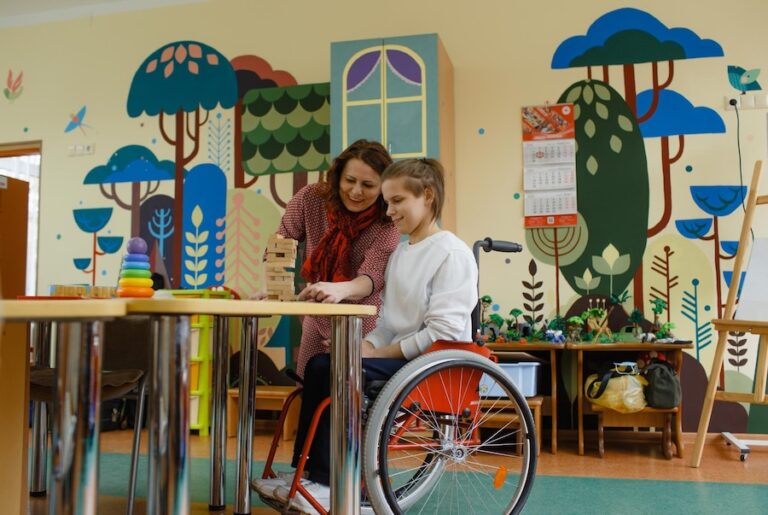Emerging Trends And Innovations In Occupational Therapy
Occupational therapy (OT) has undergone remarkable transformations over the years, adapting to the evolving needs of individuals across various demographics. As technology advances and society progresses, occupational therapists continue to explore innovative approaches to enhance client outcomes and improve quality of life. In this article, we delve into the emerging trends and innovations shaping the landscape of occupational therapy practice.
To Know More About It Please Click Here
Telehealth and Remote Interventions
In recent years, telehealth has emerged as a game-changer in healthcare delivery, and occupational therapy is no exception. Through telehealth platforms, occupational therapists can provide assessment, intervention, and consultation services remotely, breaking down geographical barriers and increasing access to care. This approach is particularly beneficial for individuals in rural or underserved areas, those with mobility limitations, and clients who require ongoing support for chronic conditions.
Virtual Reality (VR) and Augmented Reality (AR)
Virtual reality and augmented reality technologies hold immense potential in occupational therapy practice. These immersive technologies offer simulated environments where clients can engage in meaningful activities, such as virtual job simulations, home safety assessments, and rehabilitation exercises. By incorporating VR and AR into therapy sessions, occupational therapists can enhance engagement, motivation, and functional outcomes for clients across diverse populations, including those with physical disabilities, neurological disorders, and mental health conditions.
Assistive Robotics and Wearable Devices
Advancements in robotics and wearable technology are revolutionizing the field of occupational therapy, particularly in the realm of assistive devices. From robotic exoskeletons that assist with mobility and gait training to smart prosthetics equipped with sensors for feedback and control, these innovative solutions empower individuals with disabilities to participate more fully in daily activities and achieve greater independence. Additionally, wearable devices, such as activity trackers and smart clothing, provide valuable data insights that inform personalized intervention plans and promote self-management strategies for clients with chronic conditions.
Sensory Integration and Environmental Design
Occupational therapists are increasingly focusing on sensory integration and environmental design principles to create therapeutic spaces that optimize engagement and well-being. By incorporating elements such as sensory rooms, calming environments, and sensory-friendly equipment, therapists can address sensory processing difficulties and support individuals with autism spectrum disorders, sensory processing disorder, and other neurodevelopmental conditions. Furthermore, the application of universal design principles ensures that environments are accessible and inclusive for people of all abilities, promoting participation and social inclusion.
Lifestyle Medicine and Health Promotion
In response to the growing emphasis on preventive healthcare and holistic wellness, occupational therapists are integrating principles of lifestyle medicine into their practice. By addressing lifestyle factors such as nutrition, physical activity, stress management, and sleep hygiene, therapists can help clients optimize their health and well-being across the lifespan. Additionally, occupational therapists play a vital role in promoting healthy habits and facilitating behavior change through client-centered coaching, goal setting, and personalized intervention plans.
Conclusion
As occupational therapy continues to evolve in response to societal trends and technological advancements, practitioners are at the forefront of pioneering innovative approaches to enhance client outcomes and promote meaningful participation in daily life. By embracing emerging trends such as telehealth, virtual reality, assistive robotics, sensory integration, and lifestyle medicine, occupational therapists are poised to make a profound impact on the health and well-being of individuals and communities worldwide. Through collaboration, creativity, and a commitment to excellence, the future of occupational therapy holds boundless opportunities for innovation and growth.
Also, Follow us on Instagram








